
Pelecanoides magellani
Pelecanoides magellani,Magellanic Diving Petrel
Magellanic Diving Petrel: Pelecanoides magellani, Magellanic diving petrel.P···

Pelecanoides garnotii
Pelecanoides garnotii,Peruvian Diving Petrel
Peruvian pelican (Pelecanoides garnotii, Peruvian Diving Petrel), the specif···

Pelecanoides urinatrix
Pelecanoides urinatrix,Common Diving Petrel
Common Diving Petrel (Pelecanoides urinatrix) is a small diving petrel.Durin···
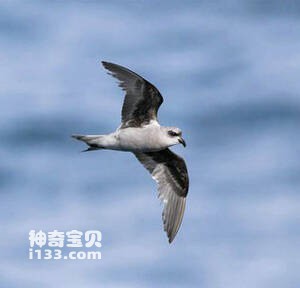
Oceanodroma furcata
Oceanodroma furcata,Fork-tailed Storm Petrel
Its scientific name is Oceanodroma furcata and its foreign name is Fork-tail···
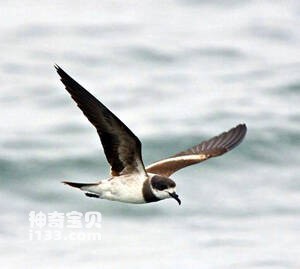
Ringed Storm Petrel
Ringed Storm Petrel,Oceanodroma hornbyi
Its scientific name is Oceanodroma hornbyi, and its foreign name is Ringed S···
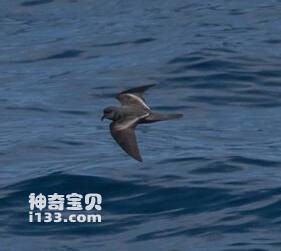
Oceanodroma homochroa
Oceanodroma homochroa,Ashy Storm Petrel
Its scientific name is Oceanodroma homochroa and its foreign name is Ashy St···
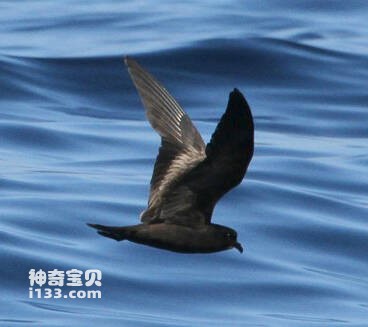
Oceanodroma melania
Oceanodroma melania,Black Storm Petrel
It is known as Oceanodroma melania or Black Storm Petrel, but its behavior i···
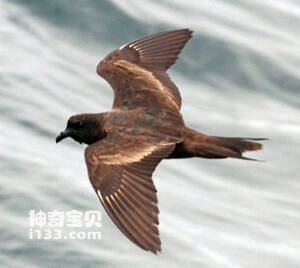
Oceanodroma markhami
Oceanodroma markhami,Sooty storm Petrel
Its scientific name is Oceanodroma markhami, and its foreign name is Sooty s···
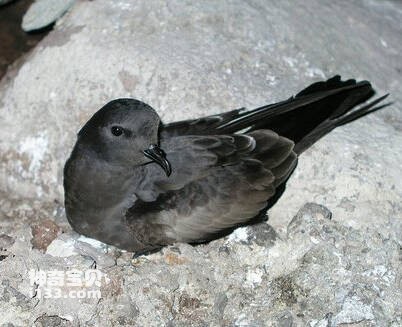
Oceanodroma tristrami
Oceanodroma tristrami,Tristram's Storm Petrel
Scientific name: Oceanodroma tristrami, foreign name: Tristram' s Storm ···

Hydrobates monteiroi
Hydrobates monteiroi,Monteiro's Storm Petrel
Monteri's fork-tailed petrel (English name: Monteiro' s Storm Petrel···
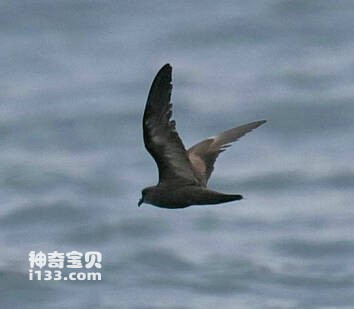
Oceanodroma monorhis
Oceanodroma monorhis,Hydrobates monorhis,Swinhoe's Storm-petrel,
Hydrobates monorhis is a small sea bird. Austin (1952) combined this species···
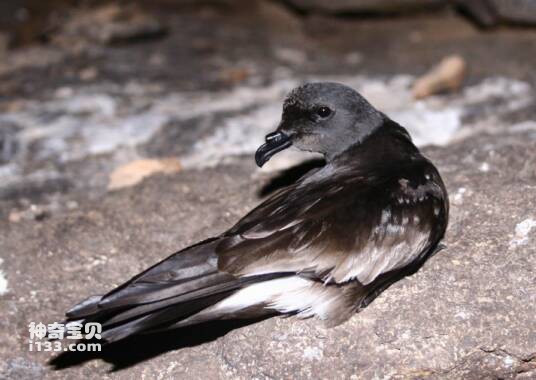
Hydrobates jabejabe
Hydrobates jabejabe,Cape Verde Storm Petrel
The Cape Verde Storm Petrel (Hydrobates jabejabe) is an unknown species.Prot···
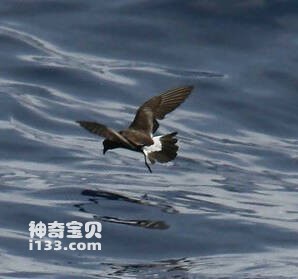
Oceanodroma castro
Oceanodroma castro,Harcourt's Storm Petrel,Madeiran storm petrel
Oceanodroma castro, Harcourt' s Storm Petrel are aggregative birds, eith···
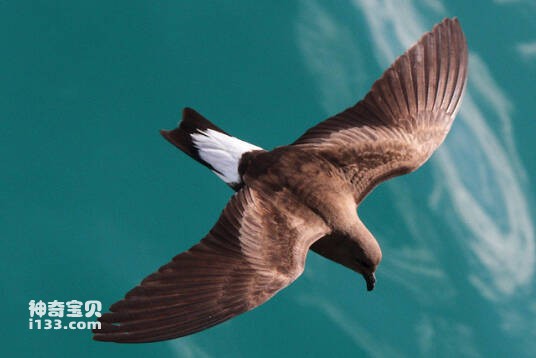
Oceanodroma tethys
Oceanodroma tethys,Galapagos Storm Petrel
Galapagos Storm Petrel, or Oceanodroma tethys, is a flock of birds that live···
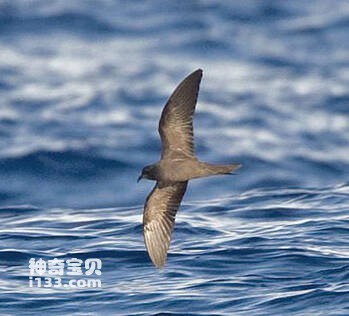
Oceanites oceanicus
Oceanites oceanicus,Wilson's Storm-Petrel
Smoke black fork tail petrel (scientific name: Oceanites oceanicus) foreign ···
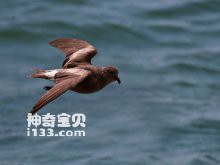
Oceanodroma leucorhoa
Oceanodroma leucorhoa,Leach's Storm Petrel
Leach' Oceanodroma leucorhoa; s Storm Petrel, with 5 subspecies, is a sm···
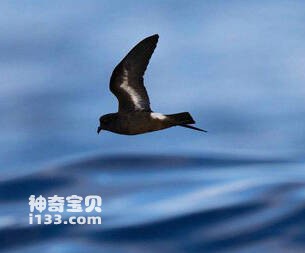
Hydrobates pelaus
Hydrobates pelaus,European Storm-petrel
The Wilson's Storm Petrels (Hydrobates pelaus) are a genus of birds belo···
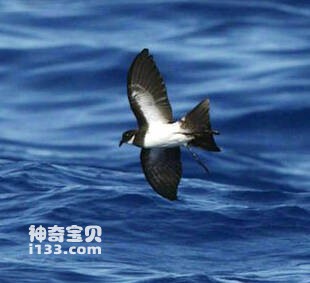
Nesofregetta fuliginosa
Nesofregetta fuliginosa,White-throated Storm Petrel
Nesofregetta fuliginosa, White-throated Storm Petrel, is unknown.Protect wil···
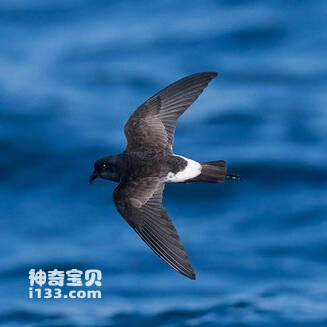
Fregetta maoriana
Fregetta maoriana,New Zealand Storm Petrel
The New Zealand Storm Petrel (Fregetta maoriana) is a bird of the genus Petr···
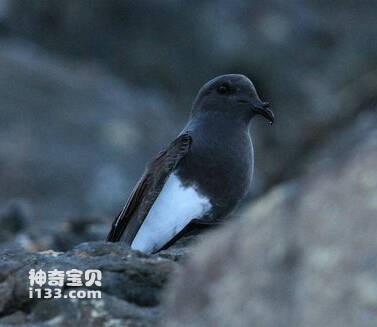
Fregetta tropica
Fregetta tropica,Black-bellied Storm Petrel
Fregetta tropica, Black-bellied Storm Petrel, or black-bellied storm petrel,···
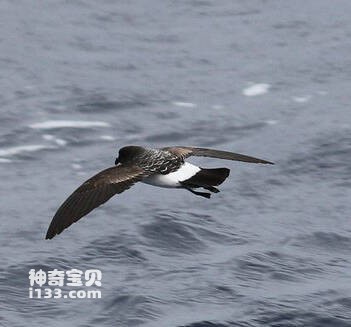
Fregetta grallaria
Fregetta grallaria,White-bellied Storm Petrel
The White-bellied Storm Petrel, Fregetta grallaria, or white-bellied storm p···
